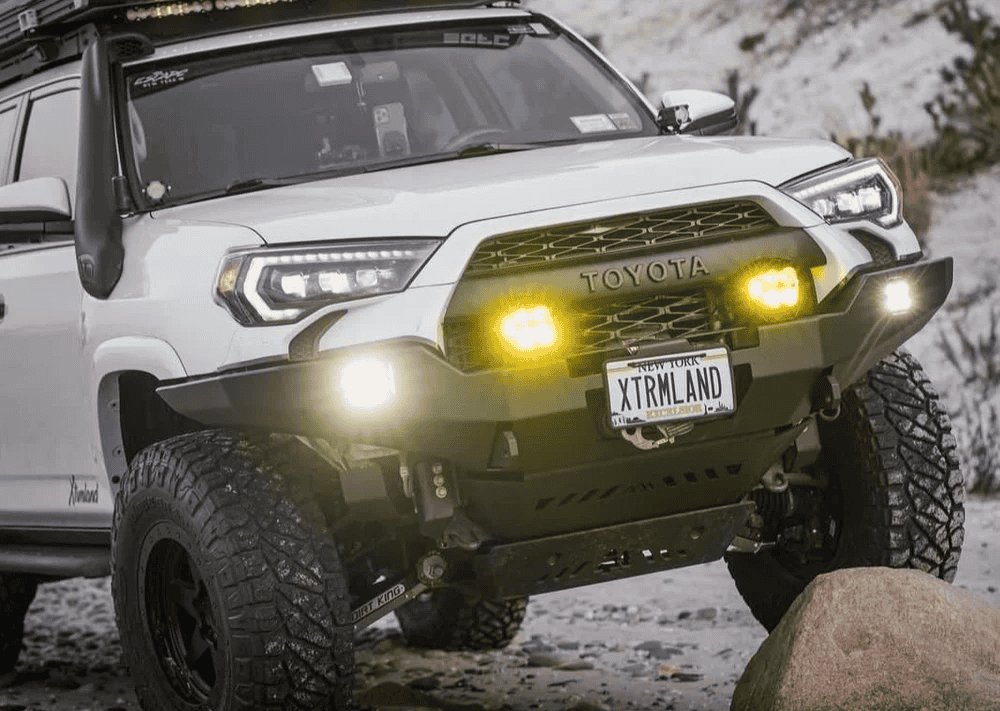Overland Vehicles

An expedition vehicle builder creates machines that carry people and gear far from pavement and back again with confidence. The work begins with purposeful planning around travel range, climate, terrain, and safety. A good build balances weight, strength, and serviceability so the owner can maintain systems during long stretches away from towns.
Successful projects start with the right platform. Payload matters more than curb appeal, because added structure, water, fuel, and equipment increase gross weight quickly. Builders study axle ratings, wheelbase, and track width to predict handling and stability when loaded. They also map weight distribution to keep the center of gravity low and centered.
Interior architecture follows function. Sleeping, cooking, storage, and work zones must be compact, quiet, and secure. Latches, hinges, and fasteners should resist vibration. Surfaces that clean easily pay off after a muddy trail or salty coast.
Chassis with strong frames, reliable drivetrains, and wide service networks are preferred. Diesel and gasoline each have advantages, but fuel availability on the route often decides the choice. An honest payload plan lists every item, from rooftop accessories to recovery tools, then reserves margin for trip flexibility.
Tire size affects gearing, fuel use, and braking. Suspension tuning should match the actual loaded weight, not brochure numbers. Before delivery, builders verify scales and adjust spring rates and damping for balanced ride and control.
Power independence is central. Lithium batteries paired with solar and alternator charging provide silent energy for refrigeration, lights, and communications. Builders place inverters, fuses, and bus bars where they can be inspected and serviced without dismantling furniture. Wire gauge, heat management, and proper isolation reduce failure risk.
Water systems must be simple to sanitize and winterize. Tank placement below or above the floor changes freeze potential and center of gravity. Filtration stages protect pumps and faucets. Heating and cooling strategies should match climate reality, with attention to ventilation and acoustic comfort.
Protection and traction upgrades make the difference when conditions change. Skid plates guard vulnerable components. Rock sliders save bodywork and can serve as jacking points. High clearance bumpers improve approach and departure angles while hosting winches and recovery points rated for the full vehicle weight.
Gear selection favors reliability over novelty. Tools and spares should be accessible without unpacking the whole cabin. Lighting that reduces glare and respects oncoming traffic improves safety in remote areas where wildlife is active.
Testing turns a drawing into a dependable rig. Builders run shake downs on dirt, washboard, rain, and heat to reveal rattles, thermal issues, and chafe points. Fastener torque checks, loom inspection, and seal verification follow every test loop. Owners benefit when documentation lists circuit maps, fuse locations, and parts numbers.
Recovery readiness is more than a winch. Rated shackles, soft ropes, traction boards, and a real shovel cover most scenarios. Mounting solutions must prevent projectiles during rough travel. A thoughtfully placed first aid kit, fire suppression, and CO monitoring complete the safety stack.
Visibility matters. Proper mirror extensions for wide bodies, calibrated tire pressure monitoring, and a backup camera that stays clear in rain reduce fatigue and accidents. Simple checklists help crews prep the vehicle at camp each morning.
Look for portfolios that show diverse routes and weather, not only show floor lighting and staged photos. Ask how they verify payload and whether they provide scale tickets. A strong builder explains choices in plain language, from fastener selection to thermal breaks. They welcome third party inspections and share maintenance guidance with every handoff.
Support after delivery is part of the value. Clear wiring labels, access panels, and standardized components shorten downtime if something needs service on the road. Warranties should outline coverage without ambiguity. Finally, the best partners align with your travel style and timeline, not just your budget.
If you want examples of tailored overland work, explore Overland rigs that show real world priorities like weight management, service access, and trail protection. When you are considering specific upgrades, the Custom overland upfit path can clarify what to tackle first. To learn how our team approaches design, testing, and client care, visit Why choose OZK Customs.
OZK Customs builds expedition ready vans and overland rigs with the same focus outlined above. We plan around your route, climate, and cargo, then engineer power, water, and protection systems that can be serviced on the trail. Our Fayetteville base puts us near varied terrain for shake down testing before you take delivery. Clients also get a walkthrough that covers power management, recovery basics, and seasonal prep so the first trip feels familiar.
Your route is unique. Your build should be too. Share your must reach destinations and the conditions between them, and we will translate those goals into a reliable, quiet, and efficient vehicle that brings you home every time.
Ready to map your build to the terrain you plan to conquer. Share your route, passengers, and gear list. Our team will translate that into a proven platform, power system, and interior that holds up season after season. Start your OZK Customs build consult today.
ADDRESS:
6159 E Huntsville Rd, Fayetteville, AR 72701
PHONE:
(479) 326-9200
EMAIL:
info@ozkvans.com